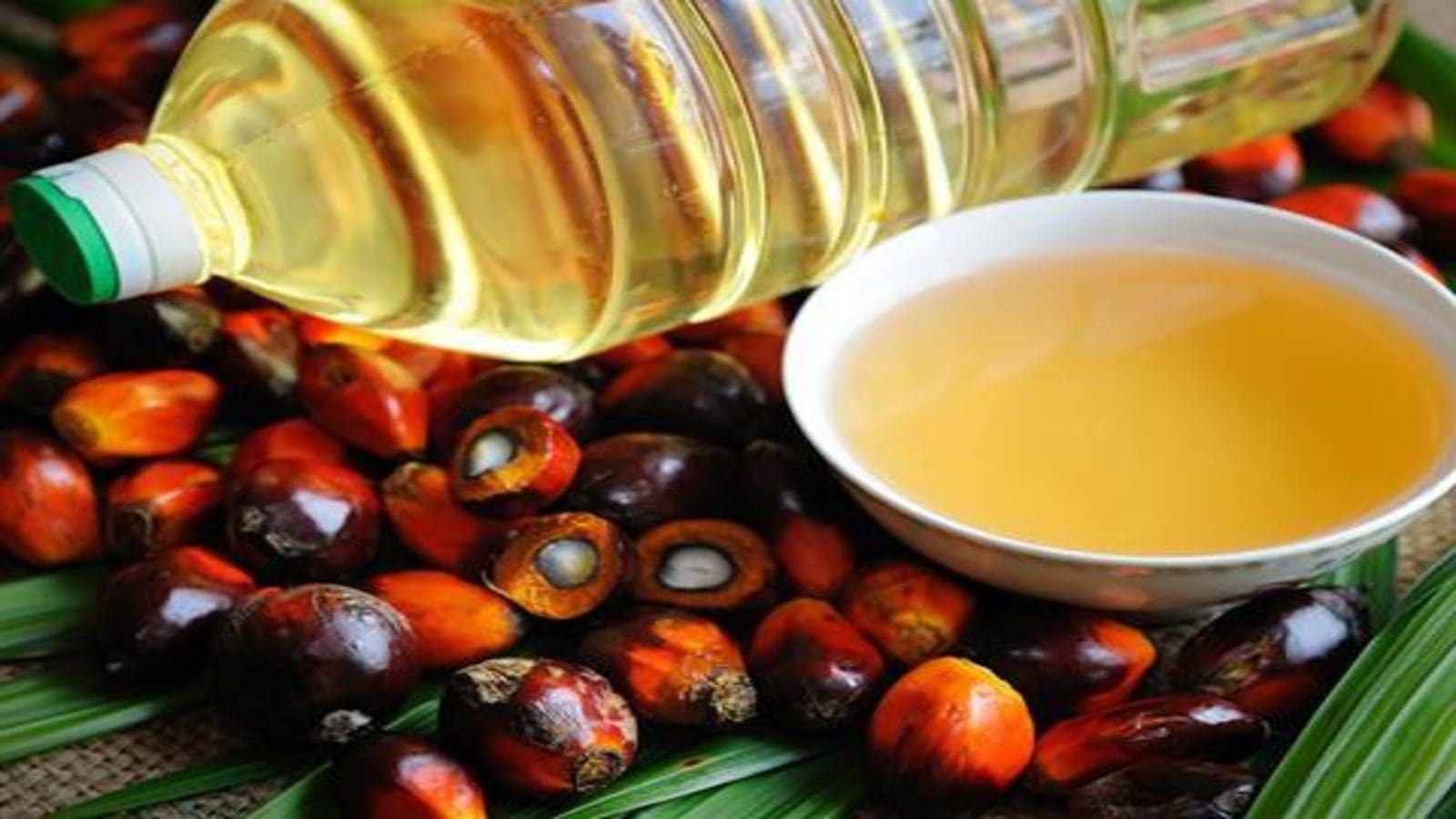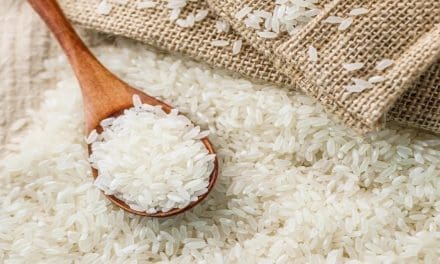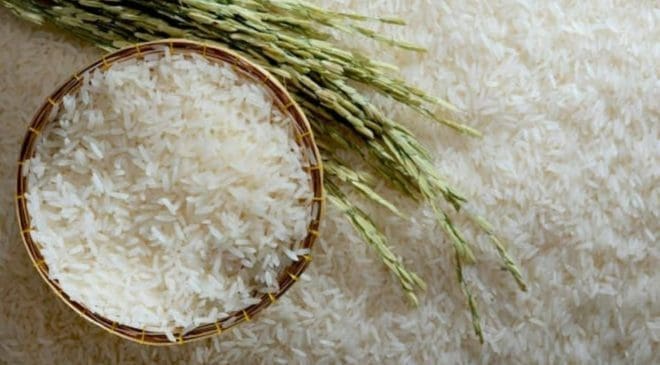NIGERIA – Nigeria’s palm oil import from Malaysia increased to 92,961 metric tons (MT) between January-April 2023 from 20,513 MT, a 353 percent jump despite increasing government intervention to ramp up production.
Nigeria is the world’s 5th largest producer of palm oil, behind Indonesia, Malaysia, Thailand, and Colombia. In 2022, the country imported 227,035 MT of palm oil from Malaysia.
According to experts, palm oil imports into the country are still on the rise owing to the huge demand-supply gap despite moves by the government, in listing crude palm oil alongside other 40 items restricted from forex access and closing the Nigerian borders.
Henry Olatujoye, managing director of Palmtrade and Commodities Development Nigeria Ltd said that the country’s palm oil imports from Malaysia will continue to increase because investment in the industry is still very insignificant in Nigeria.
“We estimated that our local/domestic consumption is averaging 2.4 million tons in a year, and our first-class developers – Okomu, Presco, and others, do not annually produce up to 800,000 tons”.
Alphonsus Inyang, president of the National Palm Produce Association of Nigeria added that Palm oil prices in Nigeria have gone up and have remained the most expensive in any Crude Palm Oil producing country, due to the high demand for the commodity.
According to him, a metric ton of palm oil sells between N1-1.2 million depending on your location, further, Inyang revealed that the situation is worsened by the fact that primary production of palm oil has been seriously neglected by various governments.
However, the United States Department of Agriculture (USDA) in a recent report estimated the production of palm oil in Nigeria at 1.4 million metric tonnes (MT) in 2023/2024, a 9 percent uptick from 2021/22 when production stood at 1.28 million MT.
The USDA attributes this increase in harvested area to be due to the growing domestic demand for palm kernel oil in food processing and growing private sector investment in the sector.
Additionally, there is also an increasing government intervention in allocating lands to investors for palm kernel plantations.
On consumption, USDA forecasts Nigeria’s palm kernel consumption in MY 2023/24 to reach about 1.1 million metric tons (MMT), up 22 percent – compared to the USDA official MY 2022/23 estimate of 904,000 metric tons (MT).
The rise in consumption is ascribed to an increasing consumer-oriented processed food product by utilizing palm kernel extracts in new products, especially in confectionary and bakery products.
According to the report, this level would be achieved in a context marked by an appreciation in the prices of the commodity on the local market against a backdrop of strong demand and export restrictions imposed by Indonesia.
For all the latest grains industry news from Africa, the Middle East and the World, subscribe to our weekly NEWSLETTERS, follow us on LinkedIn and subscribe to our YouTube channel










